Wood Rats
- December 21, 2023
- 0 comment
Wood rats, scientifically known as Neotoma, comprise a diverse group of rodents characterised by their distinctive behaviors, habitats, and physical features. Conflict with these creatures often arises due to their tendency to seek shelter in human dwellings, leading to concerns about potential damage and health risks. Despite their seemingly innocuous appearance, wood rats can be prolific breeders, exacerbating conflicts with homeowners and agricultural interests. As for their legal status, regulations vary by region, with some recognizing the need for control measures while others afford protection to these creatures.
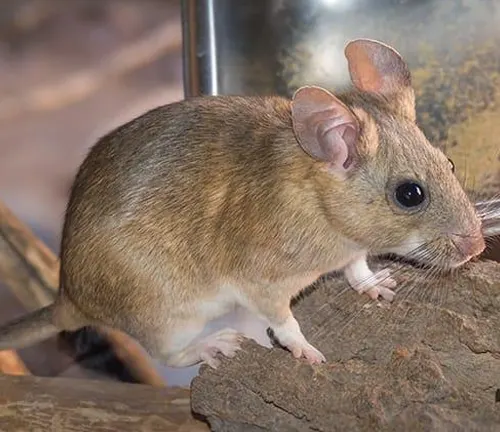
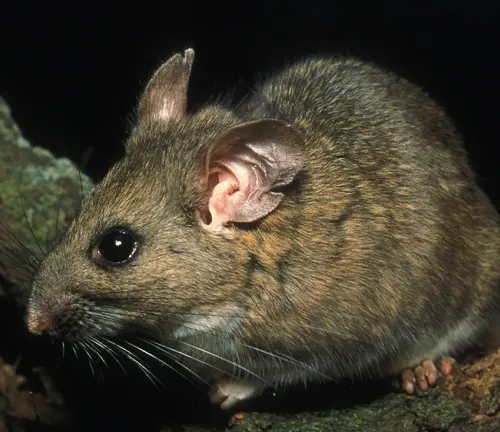
Identifying wood rats involves recognizing key characteristics such as their relatively large size, long tails, and distinctive fur patterns. The most common species, the bushy-tailed wood rat, is easily distinguishable by its characteristic long, densely furred tail and large ears. Physical descriptions also encompass their nests, known as middens, constructed from a variety of materials, including sticks, leaves, and debris. Wood rats’ species range spans across diverse ecosystems, from woodlands to deserts, contributing to their adaptability and prevalence in numerous environments.
Health and safety concerns associated with wood rats primarily revolve around the potential transmission of diseases, such as hantavirus, through their droppings and urine. Additionally, their nesting behaviors can pose fire hazards, especially when constructed in close proximity to human habitation. It is essential for individuals encountering wood rats to exercise caution and adopt preventative measures to mitigate these risks. Balancing coexistence and conflict resolution remains a challenge, requiring a nuanced approach that considers both the ecological significance of wood rats and the potential threats they pose to human well-being.
| Category | Details |
|---|---|
| Common Name | Wood Rats |
| Scientific Name | Neotoma (Genus) |
| Physical Description | Medium to large-sized rodents with long, densely furred tails, prominent ears, and distinctive fur patterns. |
| Species Identification | Recognizable by characteristics such as tail length, fur patterns, and distinctive nests (middens) made from sticks, leaves, and debris. |
| Habitat Range | Diverse ecosystems including woodlands, deserts, and other environments across North and Central America. |
| Behavioral Traits | Nocturnal, prolific breeders, and known for constructing nests (middens) in sheltered areas, occasionally leading to conflicts with humans. |
| Legal Status | Varied legal status depending on regional regulations, with some areas recognizing the need for control measures and others providing protection. |
| Health Concerns | Potential carriers of diseases like hantavirus, transmitted through droppings and urine. Nesting behaviors may pose fire hazards near human habitation. |
| Conservation Status | Status varies by species; some may be of least concern, while others may face threats or declining populations. |
| Ecological Significance | Play a role in seed dispersal and vegetation dynamics; serve as prey for various predators, contributing to ecosystem balance. |
Exploring the General Biology of Wood Rats
Wood rats, members of the Neotoma genus, captivate researchers and enthusiasts alike with their diverse and intriguing biological characteristics. This article delves into the general biology of wood rats, shedding light on their physical attributes, life cycles, and ecological roles within their respective habitats.
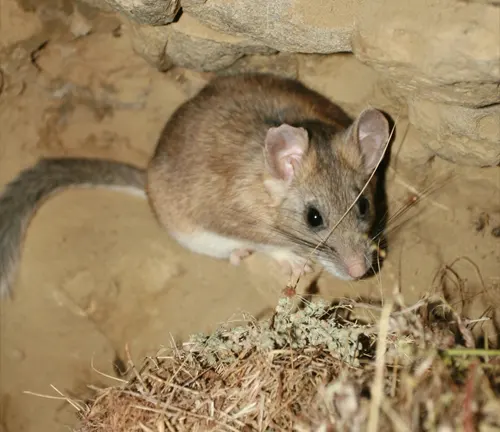
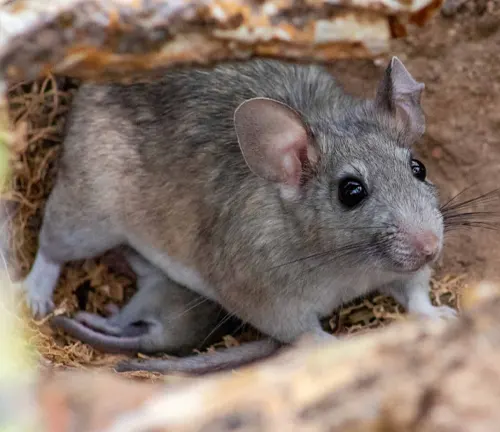
The Reproductive Mysteries of Wood Rats
Unlocking the secrets of wood rat reproduction unveils a world of unique courtship rituals, mating behaviors, and prolific breeding patterns. By understanding the intricacies of their reproductive processes, we gain valuable insights into the population dynamics of these rodents and their vital role in maintaining ecological balance.
Decoding the Behavior of Wood Rats
Wood rats exhibit a repertoire of fascinating behaviors that contribute to their survival in different environments. From nocturnal foraging to the construction of intricate nests, their behavioral patterns provide a window into their social structures, communication methods, and interactions with the world around them.
The Art of Wood Rat Architecture
A distinctive feature of wood rats is their skillful construction of nests, known as middens, using sticks, leaves, and other debris. Exploring the intricacies of wood rat nesting behaviors unveils the artistry behind these structures, serving as both shelters and storage facilities for these adaptable rodents.
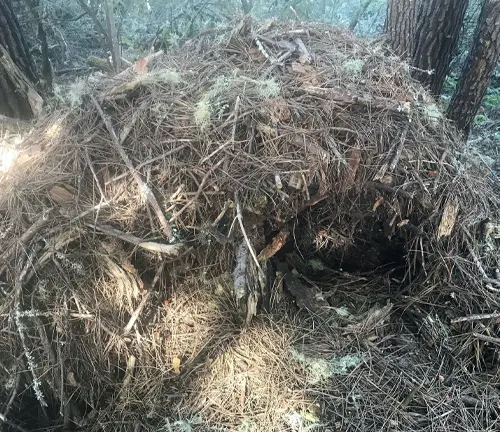
Habitat Harmony
Wood rats display a remarkable adaptability to diverse ecosystems, ranging from woodlands to deserts. This article explores the specific habitat preferences of wood rats, shedding light on the factors that influence their distribution, migration patterns, and the unique ecological niches they occupy within various regions.

Dining with Wood Rats
Wood rats are opportunistic herbivores with a penchant for a varied diet, including vegetation, seeds, fruits, and occasional insects. An exploration of their food habits offers valuable insights into their role in seed dispersal, impact on local plant communities, and potential conflicts with agricultural interests.
Voices in the Wilderness
While not known for vocalizations, wood rats communicate through a combination of sounds, tracks, and signs. Delving into these auditory and visual cues provides a deeper understanding of their social interactions, territory marking, and responses to potential threats, enriching our appreciation for these elusive creatures.
Cracking the Code
Wood rats, despite their fascinating natural behaviors, can become a source of concern when their activities result in damage to various elements of human environments. Understanding how to identify the specific types of damage caused by these rodents is paramount for implementing effective mitigation strategies. This article explores the distinctive signs and consequences of wood rat damage, categorizing it into three main areas: landscapes, crops and livestock, and structures.
Altering Terrains
Wood rats are adept at altering landscapes through their foraging and nesting behaviors. The creation of extensive burrow systems, disruption of vegetation, and the accumulation of debris in the form of nests or middens are telltale signs of their impact. Investigating how wood rats influence landscapes provides valuable insights into their ecological footprint and the potential consequences for local ecosystems.

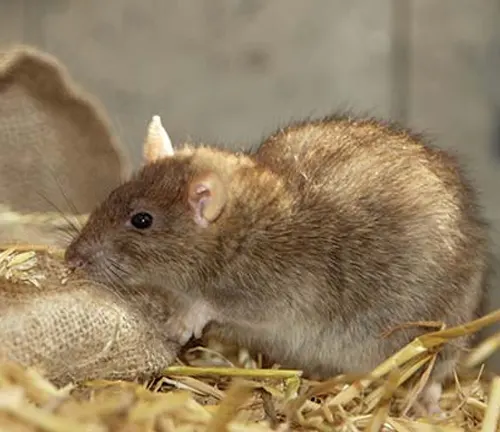
Fields of Destruction
Agricultural areas may bear the brunt of wood rat activities, with these rodents known for consuming crops, seeds, and fruits. Their voracious appetites pose a significant threat to agricultural productivity, raising concerns for farmers and ranchers. Additionally, the potential transmission of diseases to livestock adds another layer of complexity. Examining the specifics of damage to crops and livestock caused by wood rats is essential for developing strategies for pest control and safeguarding valuable resources
Undermining Foundations
Wood rats seeking shelter may inadvertently cause damage to human structures. The construction of nests using sticks and debris can lead to blockages in vents and other openings, while their gnawing habits may result in damage to wiring, insulation, and other building materials. Analyzing the types of damage caused to structures by wood rats is crucial for implementing preventative measures and maintaining the integrity of buildings and infrastructure.

Guardians of the Homestead
Wood rats, with their adaptive behaviors, can sometimes become unwelcome guests, causing damage to landscapes, crops, livestock, and structures. Implementing effective prevention and control methods is crucial to maintaining a harmonious coexistence. This article explores various strategies, categorized into habitat modification, exclusion, frightening devices, repellents, toxicants, shooting, and trapping, to curb wood rat-related challenges.
Taming the Wild
One key approach to mitigating wood rat damage is modifying their habitats. By eliminating potential nesting sites and reducing available resources, individuals can discourage wood rats from establishing colonies near human dwellings. This method aims to create an environment less conducive to their survival, promoting a balance between human spaces and the natural tendencies of these rodents.
Fortress Walls
Creating physical barriers to keep wood rats out is another effective strategy. Exclusion methods involve sealing entry points, fortifying structures, and employing wire mesh to block access. By fortifying the boundaries between wood rat habitats and human spaces, individuals can minimize the potential for damage to crops, structures, and other vulnerable areas.


The Art of Scaring
Frightening devices leverage the fear response of wood rats to create an unwelcome environment. These devices can include ultrasonic emitters, bright lights, and motion-activated mechanisms. Employing such tools can disrupt wood rat activities, encouraging them to seek shelter away from areas where their presence is undesirable.
Aromatic Shields
Repellents offer a non-lethal approach to discourage wood rats from venturing into specific areas. Using natural or chemical compounds with strong odors, repellents create an olfactory barrier that wood rats find unappealing. Exploring the efficacy of various repellents provides an additional layer of defence in the effort to protect landscapes, crops, and structures.

Cautionary Measures
In situations where other methods prove insufficient, toxicants can be considered as a last resort. These substances, when strategically deployed, can effectively control wood rat populations. However, the use of toxicants requires careful consideration of environmental impact, potential risks to non-target species, and adherence to local regulations.

Precision Marksmanship
Shooting wood rats is a direct and immediate method of population control. This method requires skill and precision to minimize suffering and ensure the safety of surrounding areas. While not always suitable for all environments, it can be an effective strategy in specific situations where immediate action is necessary.
Clever Devices
Trapping provides a humane and controlled means of wood rat control. Various trap designs, including live traps and snap traps, allow for the capture and removal of wood rats without causing harm. Trapping requires a thorough understanding of wood rat behavior to maximize efficacy while minimizing unintended consequences.
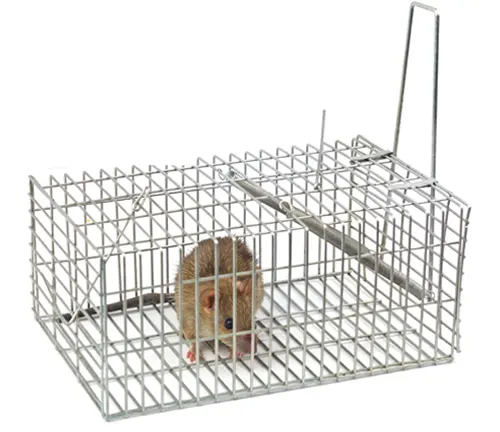
Different Species
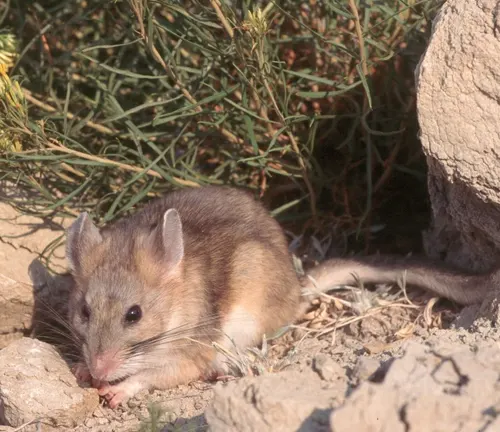
Bushy-tailed Wood Rat
(Neotoma cinerea)
Also known as the pack rat, the bushy-tailed wood rat is found in a wide range of habitats, from deserts to forests, in western North America. They are known for their distinctive long, bushy tails and are prolific builders of stick nests, or middens.
Mexican Wood Rat
(Neotoma mexicana)
Found in the southwestern United States and into Mexico, the Mexican wood rat is adapted to arid environments. They construct large stick nests in rocky areas and are known for their ability to consume a variety of plant materials.
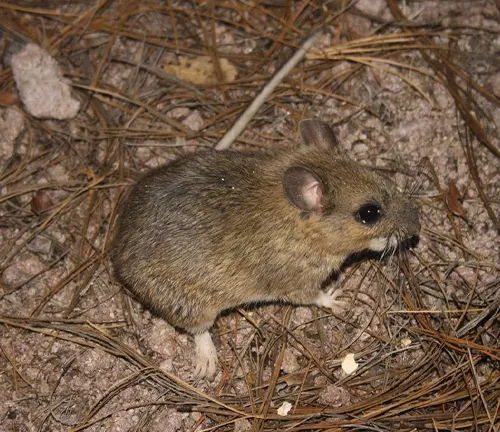
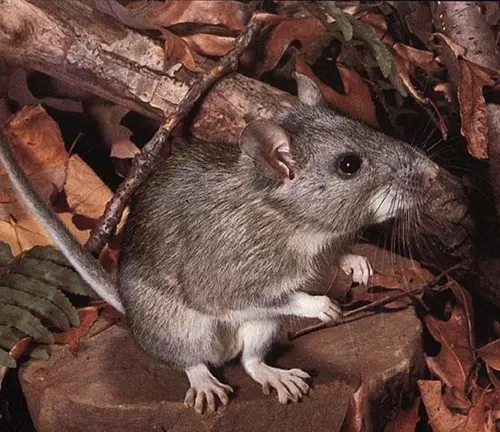
Allegheny Wood Rat
(Neotoma magister)
Inhabiting the eastern United States, particularly the Appalachian region, the Allegheny wood rat prefers rocky habitats. They are known for their association with caves and rock crevices, where they build their nests.
White-throated Wood Rat
(Neotoma albigula)
Native to the southwestern United States and Mexico, the white-throated wood rat is adaptable to various environments, including deserts and grasslands. They are recognized by the distinctive white fur on their throats.Allegheny Wood Rat (Neotoma magister): Inhabiting the eastern United States, particularly the Appalachian region, the Allegheny wood rat prefers rocky habitats. They are known for their association with caves and rock crevices, where they build their nests.
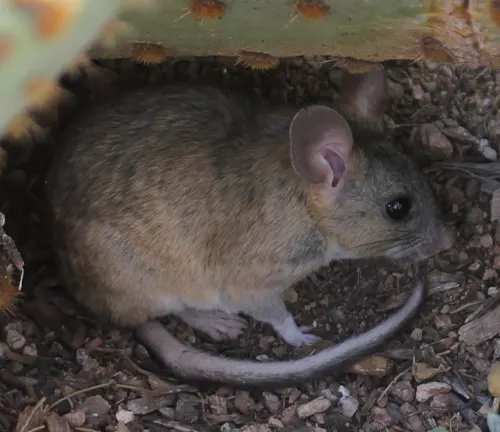
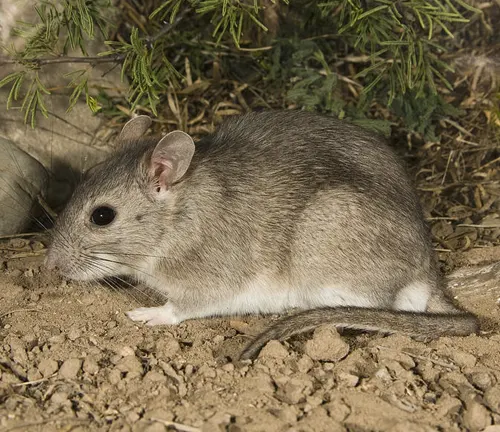
Southern Plains Wood Rat
(Neotoma micropus)
Inhabiting the central United States, the southern plains wood rat is adapted to grasslands and shrublands. They build large stick nests and are known for their herbivorous diet.
Dusky-footed Wood Rat
(Neotoma fuscipes)
Found along the western coast of North America, from British Columbia to Baja California, the dusky-footed wood rat is adaptable to various habitats, including forests and chaparral. They are characterised by their dark feet and tails.
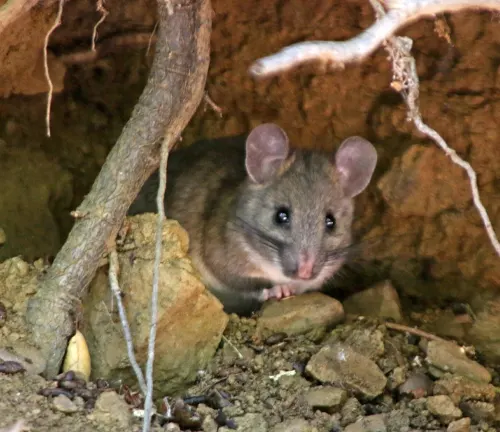
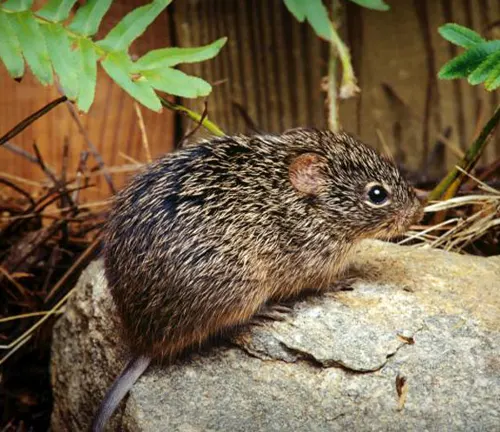
Hispid Cotton Rat
(Sigmodon hispidus)
While not a wood rat, the hispid cotton rat is sometimes confused with wood rats due to its habitat overlap. Found in North and Central America, these rodents are more closely related to cotton rats than wood rats.
Frequently Asked Questions (FAQs)
1. What are wood rats?
Wood rats, belonging to the Neotoma genus, are medium to large-sized rodents known for their distinctive features such as long tails, prominent ears, and fur patterns. They are commonly found in various habitats across North and Central America.
2. Why are they called “wood rats”?
The name “wood rat” is derived from their behavior of building nests or middens using sticks, leaves, and other debris. These nests are often constructed in wooded areas, contributing to the common name.
3. What do wood rats eat?
Wood rats are opportunistic herbivores. Their diet includes a variety of vegetation such as leaves, stems, seeds, and fruits. In some cases, they may also consume insects.
4. Where do wood rats live?
Wood rats are adaptable to a range of environments, including woodlands, deserts, grasslands, and rocky areas. They construct nests in sheltered locations like caves, crevices, or the attics and crawl spaces of human structures.
5. Are wood rats dangerous?
While wood rats are generally not considered dangerous to humans, their nesting behaviors can lead to issues such as damage to property and potential health concerns due to their droppings. It’s essential to address these concerns to minimize conflicts.
6. Do wood rats carry diseases?
Wood rats may carry diseases, including hantavirus, which can be transmitted to humans through contact with their droppings and urine. Proper precautions should be taken when dealing with areas where wood rats have nested.
7. How can I prevent wood rat damage to my property?
Prevention methods include habitat modification, exclusion by sealing entry points, using frightening devices or repellents, and implementing trapping or toxicants as necessary. Tailoring strategies to the specific environment is key.
8. Are wood rats protected by law?
Legal status varies by region. Some areas may have regulations recognizing the need for control measures, while others may afford protection to these rodents. It’s important to be aware of local laws and regulations.
9. Can I coexist with wood rats?
Coexistence is possible by implementing preventive measures, understanding their behaviors, and taking steps to minimize potential conflicts. Striking a balance between respecting their ecological role and addressing concerns about property damage is essential.
10. How can I identify wood rat droppings and signs of their presence?
Wood rat droppings are typically cylindrical and pointed at both ends. Signs of their presence include the distinctive stick nests or middens they construct, gnaw marks on structures, and pathways worn through vegetation near their nests.





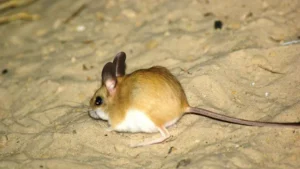



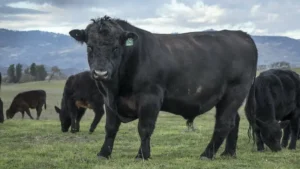




Leave your comment